The government of Hawaii and a group of young people have reached a historic agreement that obliges the state to decarbonize its transportation network. Announced on Thursday, June 20, the agreement, known as “Navahine v. Department of Transportation of Hawaii”, requires the department to develop a plan and reduce greenhouse gas emissions from all transportation sectors to zero by 2045. The agency must also create a new unit responsible for climate change mitigation, align budgetary investments with its clean energy goals, and plant at least 1,000 trees a year to increase carbon absorption from the atmosphere.
Leinā’ala L. Ley, senior associate attorney at Earthjustice, one of the environmental law firms representing the young plaintiffs, highlighted, “The fact that the state has… put its own creativity, energy, and commitment behind the agreement means that we’re going to be able to move much faster in making real-time changes that will truly have an impact.” According to a press release from the office of Hawaii Governor Josh Green, the agreement represents the “state’s commitment… to planning and implementing transformative changes,” and provides an opportunity to work collaboratively with the young plaintiffs, “to address concerns related to constitutional issues arising from climate change.”
“This agreement informs the best way we, as a state, can move forward to achieve life-sustaining goals, and we can also confidently expect these and other young Hawaiians to continue stepping up to build the kind of future they want,” said Governor Green in the press release. The plaintiffs, many of whom are Native Hawaiians, argued that the state’s inadequate response to climate change was diminishing their ability to enjoy the state’s natural resources and continue their cultural practices tied to the land, such as diving, swimming, and caretaking of farms and fishponds.
Similar Posts
Between 1990 and 2020, carbon dioxide emissions from the transportation sector increased despite advances in fuel efficiency, and now account for approximately half of all greenhouse gas emissions in the state. The plaintiffs in their complaint argued that the Hawaii Department of Transportation is largely to blame. Instead of coordinating with other agencies to meet the state’s net-zero emissions goals, it has prioritized the construction and expansion of highways. The agency manages and maintains the state’s transportation network in a way that fails to fulfill its duty to “conserve and protect the natural beauty of Hawaii and all natural resources,” the plaintiffs noted.
The agreement requires the Department of Transportation to meet a series of interim deadlines and create a decarbonization unit. The agency has already hired Laura Kaakua, who previously worked at Hawaii’s Department of Land and Natural Resources, to lead the unit. Ley mentioned plans to monitor every report the agency publishes, submit comments, and educate their young clients on how they can continue to participate. She stated, “Often, in the climate arena, young people feel betrayed by their government, but this agreement affirms for these young people that working with the government can be effective and that this is one way they can make a difference in their lives and the world.”
Julia Olsen, co-executive director and chief legal counsel of Our Children’s Trust, noted that state leaders and the government “really listen to the youth.” The plan, which can be enforced in court, includes five-year interim emission reduction targets until 2045 or when the state achieves net-zero emissions. It also calls for increasing the use of zero-carbon fuels for land, air, and sea transportation and expanding and improving alternative transportation options in Hawaii, including public transportation and pathways for pedestrians and cyclists. As part of the plan, the Hawaii Department of Transportation will also allocate $40 million to public electric vehicle charging stations by 2030 and create a volunteer youth council to periodically advise the department.
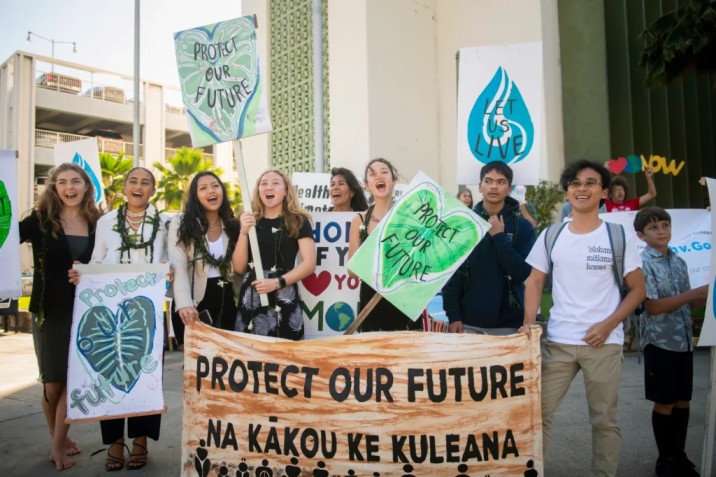
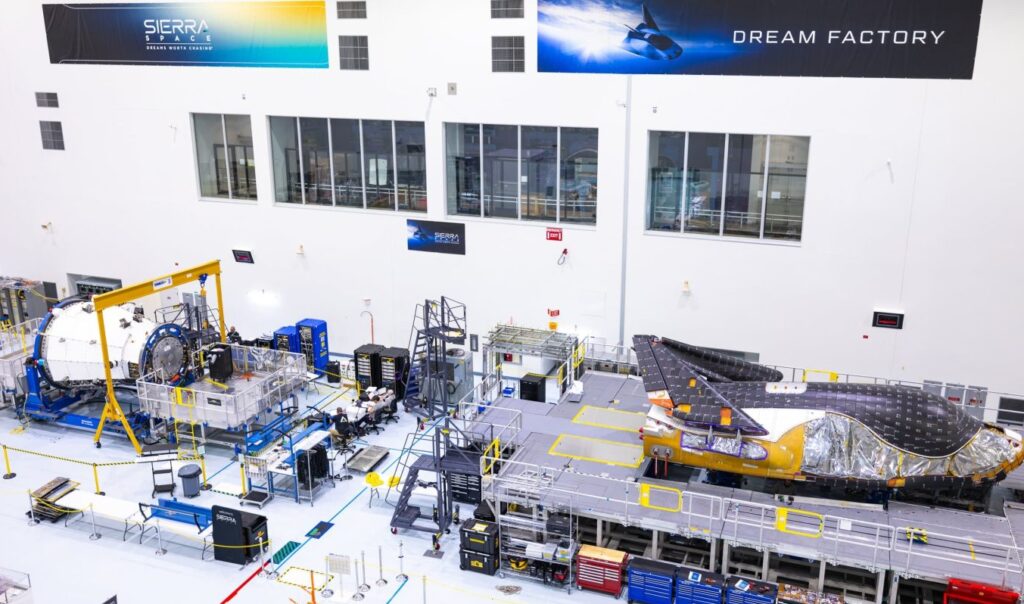

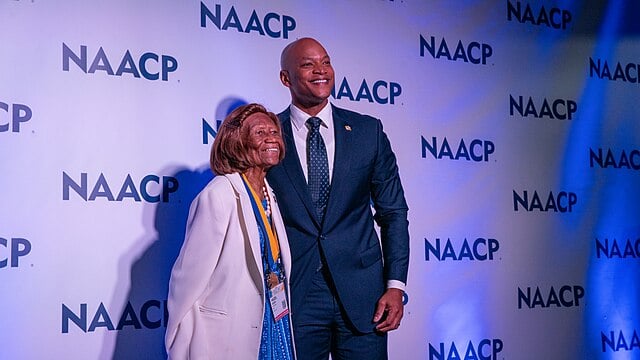
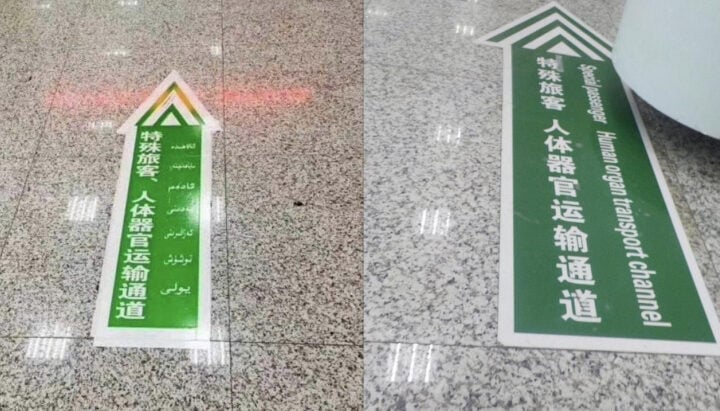

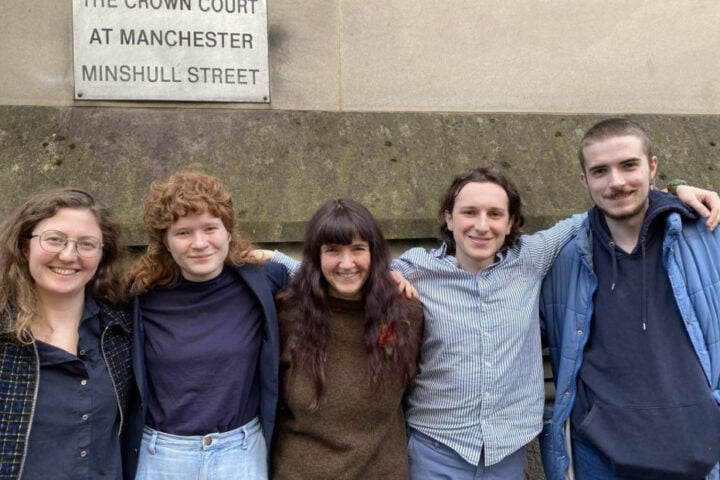
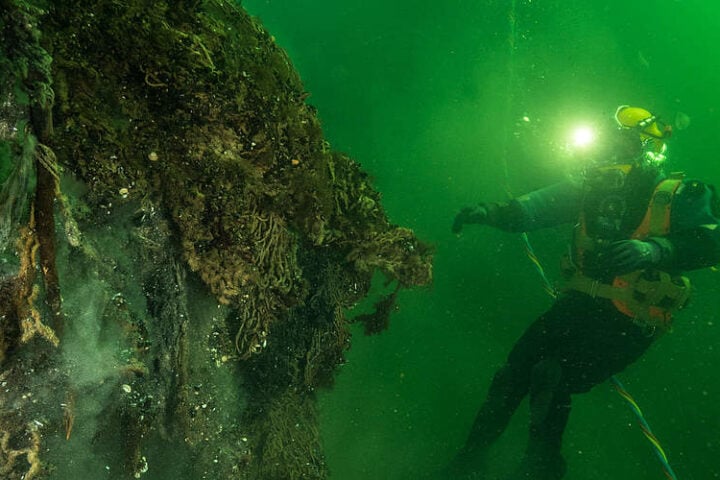
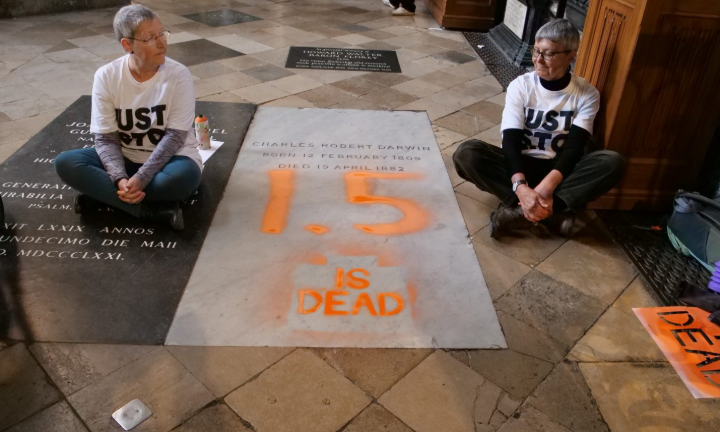

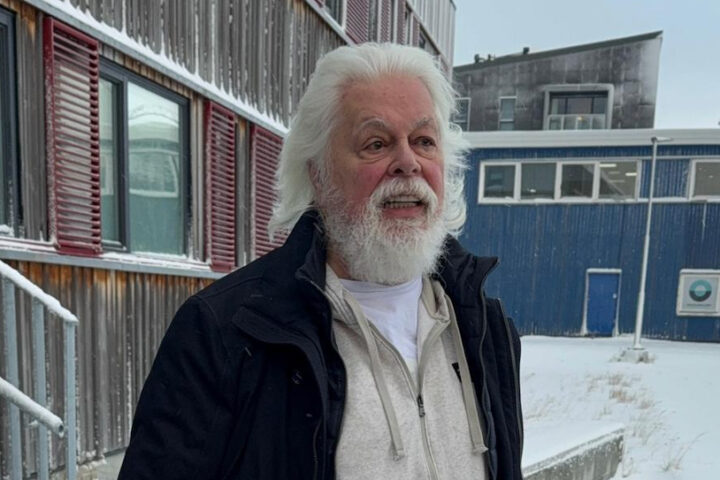

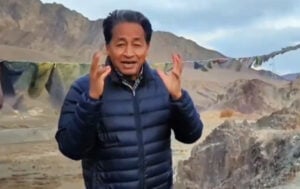
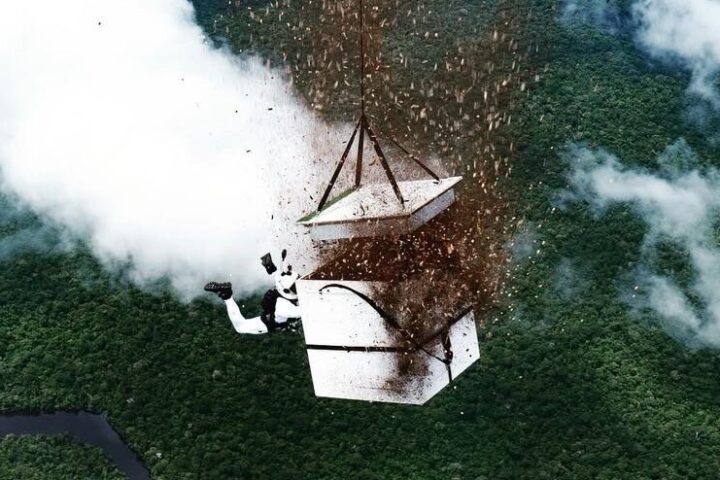
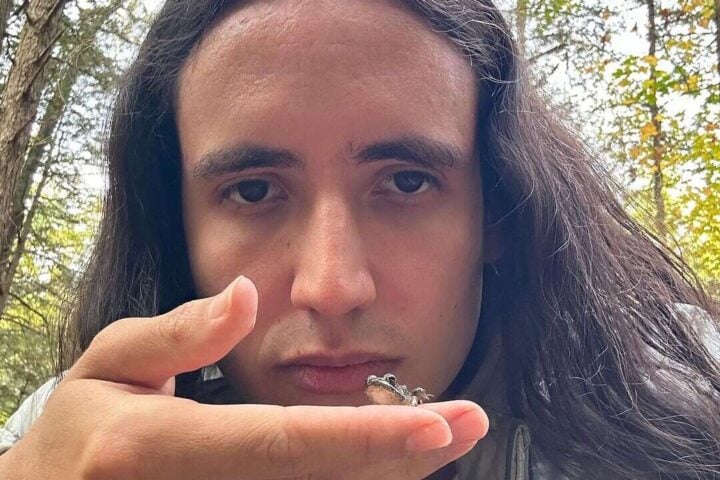


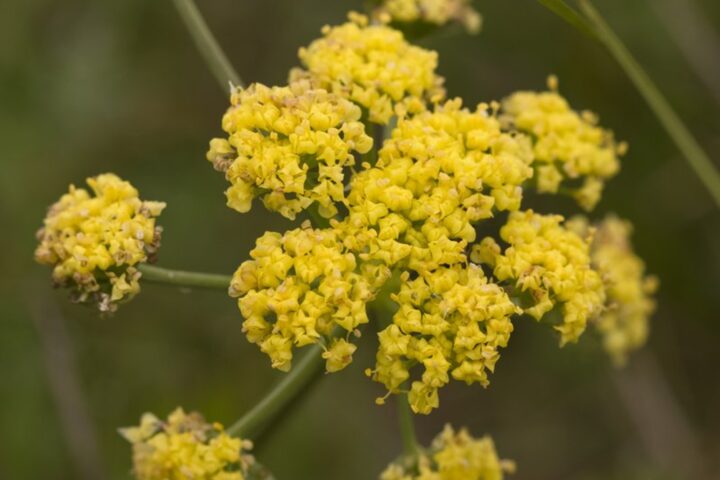
![Big city Los Angeles smog building [photo source: pixabay] [PDM 1.0]](https://www.karmactive.com/wp-content/uploads/2025/04/46-of-Americans—156-M—Now-Breathe-Hazardous-Smog-and-Soot-State-of-the-Air-Report-Exposes-Decade-High-Pollution-1-150x150.jpg)